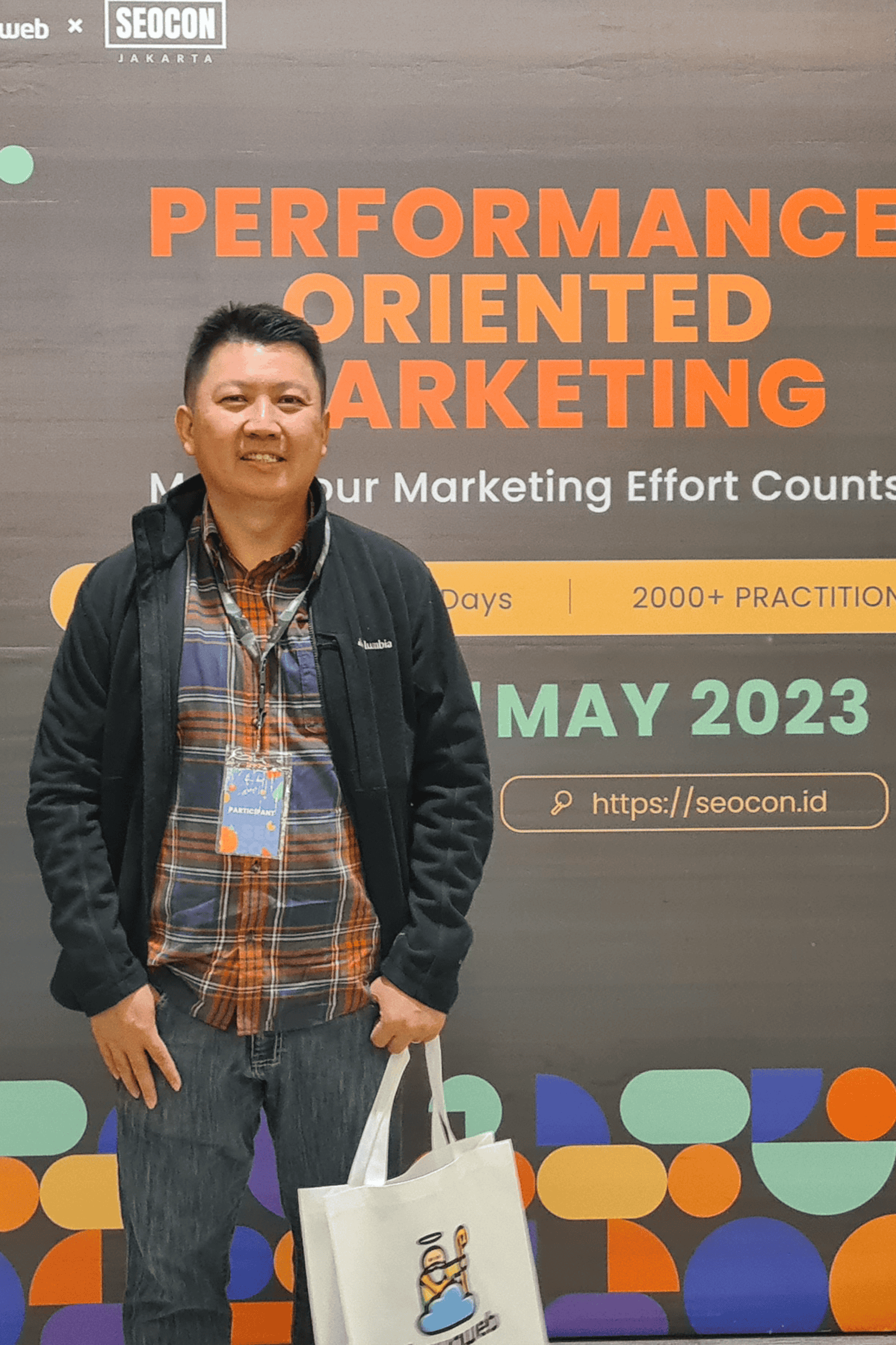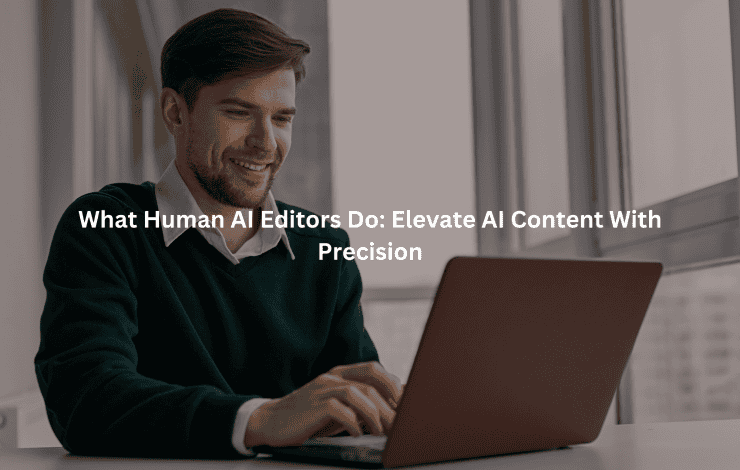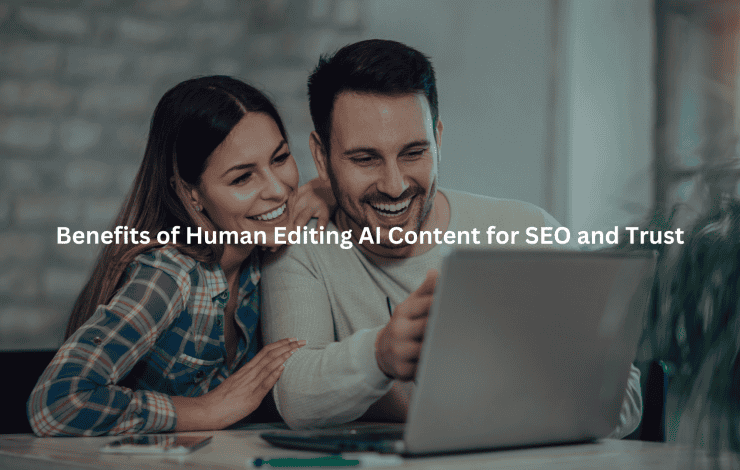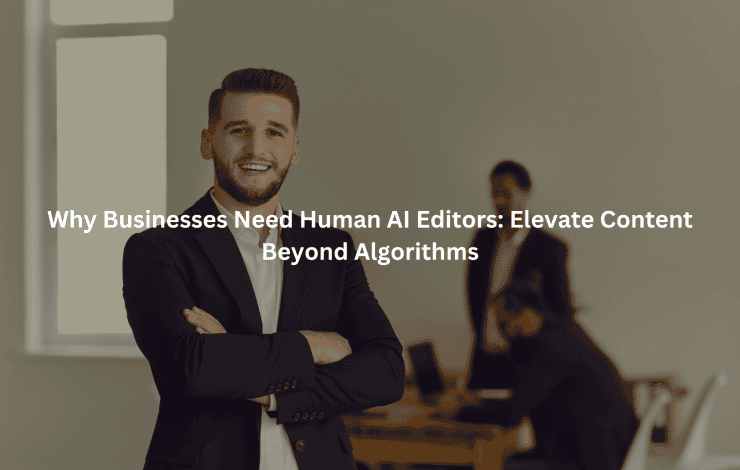You notice pretty quickly that AI left on its own can wander off course, maybe not right away, but it happens. Human oversight, that’s the guardrail. It keeps algorithms from drifting too far from what people actually care about, like fairness and being upfront about how decisions get made.
When people step in, they can spot bias, catch mistakes, and make sure the rules (the legal kind and the unspoken ones) get followed. It’s not just about fixing problems after the fact, either. It’s about making sure AI fits with what matters to us. Otherwise, things get messy, fast.
Key Takeaway
- Keeps AI from making choices that go against what people think is fair or right.
- Lets folks trust the system because someone’s always checking for mistakes and showing how things work.
- Makes sure the rules get followed so businesses can actually use AI without worrying about breaking the law.
Ethical and Practical Necessity of Human Oversight in AI
There’s something unsettling about watching an algorithm churn out answers with so much certainty, like it’s never wrong. But the truth is, it misses things, sometimes big things.
Human review isn’t just a backup plan; it’s the difference between catching a costly mistake and letting it slide by. This isn’t just theory, either. Across fields, healthcare, finance, you name it, real people have to step in and sweat the details. Machines just don’t. [1]
Safeguarding Values and Ethics
Preventing Algorithmic Bias and Discrimination
Bias sneaks in when you’re not looking. It hides in the data, it hides in the code. Take hiring, for example. If an AI learns from old resumes, it might start picking the same kind of people every time, and nobody notices until it’s too late.
At Jet Digital Pro, they’ve learned to watch for these slip-ups. Editors go over every AI-generated piece, not just for the words but for what those words really say. Is every group getting a fair shot? Is the system repeating old mistakes? If something’s off, they fix it before it ever goes out.
Aligning AI with Human Morals and Societal Norms
Machines don’t have gut feelings. They can follow the law and still get it wrong. Like in medicine, an AI might suggest a treatment that makes sense on paper but ignores what matters to the patient.
That’s where people come in. They ask, does this fit with what’s right? Is this how we’d want to be treated? If the answer’s no, someone steps in. Human oversight is what keeps the machine from crossing the line. It’s about making sure the system matches up with real values, not just numbers.
Enhancing AI Accuracy, Reliability, and Safety
Human-in-the-Loop for Error Reduction
AI makes mistakes. It misreads scans, flags normal transactions as fraud, misses context. Leaving it unchecked is asking for trouble. That’s why Jet Digital Pro uses an 11-step human review for everything the AI spits out. They catch what the machine misses, little errors, weird phrasing, facts that don’t add up. It’s not just about fixing mistakes. It’s about making the whole process stronger, every single time.
AI Supervision in High-Risk Applications (Healthcare, Finance)
The risks get real in places like hospitals and banks. One wrong move can wreck someone’s life. Hospitals use AI to spot cancer, but a doctor always checks before telling a patient.
Banks might let AI flag a transaction, but a person picks up the phone before freezing an account. It’s a team effort. The AI is fast, but people bring the judgment. Clients in these fields trust Jet Digital Pro because they put humans front and center. Not just as a rule, but as the only way to do it right.
Accountability, Transparency, and Governance

The first time a client asked us how our AI made its decisions, we realized that black boxes don’t build trust. People want to know why a machine decided something. They want to be able to challenge it if it’s wrong. We took that lesson and changed how we work.
Ensuring Algorithmic Accountability and Transparency
Implementing Explainable AI and Output Review
Explainable AI isn’t just a buzzword. It’s a necessity. When our editors review AI output, we require explanations for how the decision was reached. We keep logs. We break down the steps.
If the AI can’t “show its work,” we don’t trust the answer. This matters when regulators or clients ask for an audit trail. It matters to users who want to understand the “why” behind the output, not just the “what.” We’ve seen clients breathe easier knowing they can trace every decision back to a clear, reviewable process. [2]
Fostering Stakeholder Confidence through Auditing
Stakeholders demand transparency. It’s not enough to say, “the AI said so.” We conduct regular audits of our AI systems. We invite clients to review our processes. Sometimes they find things we missed. That’s the point. Auditing isn’t about catching someone out. It’s about building mutual confidence. Every time we open our process up for review, we strengthen trust. That’s something no algorithm can do on its own.
Compliance with Regulation and Operational Oversight
Meeting Legal and Regulatory Requirements
AI systems face a growing web of laws and standards. GDPR. The EU AI Act. Data privacy rules. Our job is to make sure every AI output meets these requirements. We work with legal teams to design workflows that flag privacy risks and compliance gaps. If a rule changes, we update our process.
It’s not glamorous work, but it keeps our clients out of trouble and gives them peace of mind. We’ve seen what happens when companies ignore compliance. Fines, lawsuits, loss of reputation. We’re committed to making sure that never happens on our watch.
Establishing AI Lifecycle Management and Ethical Guidelines
AI oversight isn’t a one-time task. It’s a cycle. From design to deployment to retirement, we manage every phase. We set ethical guidelines before a project starts. We review outputs regularly.
If something changes in the data or the rules, we update the system. Our teams meet monthly to review ethical questions and technical performance. This discipline keeps AI systems aligned with our values and the needs of our clients. It also helps us catch problems early, before they become crises.
Risk Management and Contextual Judgment
We remember watching an AI system misinterpret a customer’s complaint as a compliment. It sent an automated thank-you note to someone who was furious about a billing error. The customer posted the letter on social media, and the backlash was instant. That’s the risk of relying too much on automation. You lose context.
Mitigating Automation Bias and Over-Reliance
Addressing Cognitive Constraints in AI Decision-Making
AI can’t think outside its programming. It doesn’t know when it’s wrong. Over-reliance on AI leads to automation bias, where people trust the machine’s answer even when common sense says otherwise. We train our teams to question AI outputs, especially when they don’t “feel right.” We ask, does this make sense? Is there a better explanation? By recognizing the cognitive limits of AI, we keep ourselves from falling into the trap of blind faith in automation.
Balancing Automation with Human Agency
Automation should assist, not replace, human judgment. We design our systems so that humans can intervene at any point. If the AI flags something suspicious, a person double-checks before action is taken. This balance lets us move quickly without sacrificing care. We’ve found that when people feel empowered to question the machine, the whole process improves. Mistakes drop. Confidence rises. It’s not about fighting the machine. It’s about working together.
Providing Contextual Understanding and Adaptability
Case Studies: Human Correction of AI Misinterpretations
There was a time we used an AI to screen blog comments for spam. One day, it flagged a user’s post as offensive. When we checked, it was just someone quoting a famous comedian.
The AI missed the context. Our editor restored the comment and adjusted the filter. That small intervention saved us from alienating a loyal reader. These moments happen every week. AI handles the bulk, but humans handle the nuance. Without us, the system would keep making the same mistake, and users would pay the price.
AI Monitoring in Dynamic and Novel Situations
AI loves patterns, but the world isn’t always predictable. During the early days of the pandemic, search trends shifted overnight. Old models failed. We watched closely, updating our AI’s parameters daily to keep up with new questions, topics, and needs.
Are You a Digital Agency?
White Label SEO Content Services for Agencies
Scalable, customizable, and results-driven content solutions for your clients.
Sometimes we had to override the system completely. Flexibility is our advantage. We trust the machine, but we trust our judgment more. In fast-changing situations, that adaptability keeps us relevant and reliable.
Practical Implementation and Future Trends
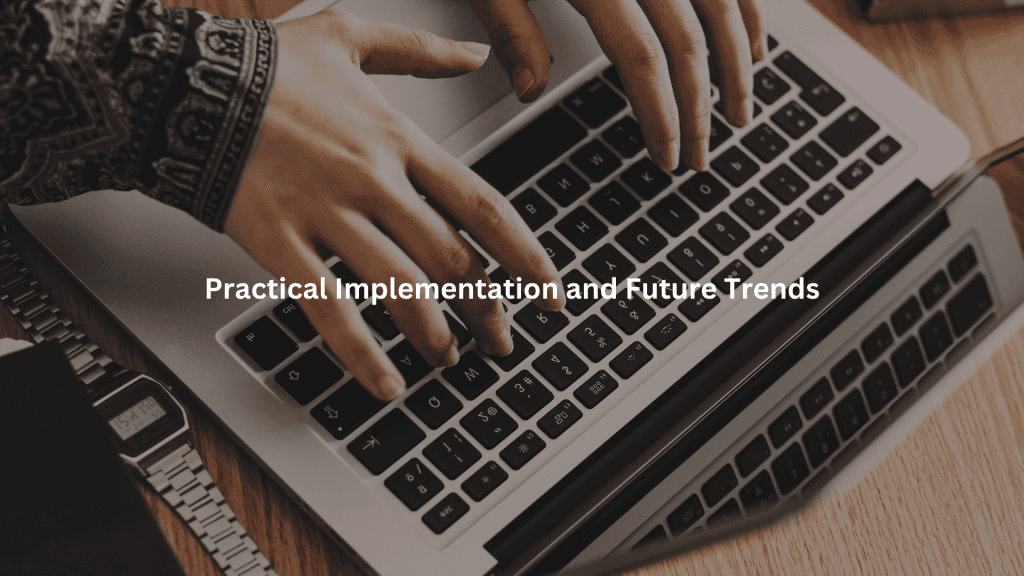
AI oversight isn’t just theory. It’s a daily practice. We’ve put in the hours, made the mistakes, and built systems that work.
Integrating Oversight Tools and Frameworks
Algorithmic Accountability Frameworks and Fairness Auditing
We use frameworks like the Algorithmic Accountability Act as a baseline. Every AI project starts with an audit plan. We check for fairness, transparency, and explainability. Our editors use checklists to review outputs.
If a piece of content fails a fairness check, it goes back for revision. We don’t leave it to chance. Our process is documented and repeatable. We’ve found that clients appreciate this rigor. It gives them something concrete to show their stakeholders.
Bias Detection and Output Quality Monitoring Tools
Bias detection isn’t a one-time job. We use automated tools to scan for patterns, but we never rely on them alone. Our editors look for subtle forms of bias that software can’t catch. For example, we check if an article quotes only men or focuses on one region. We monitor the quality of every output, not just for accuracy, but for balance and fairness. This approach has helped us reduce complaints and improve overall client satisfaction.
Evolving Standards, Policy, and Human-Machine Collaboration
Adapting to Regulatory Developments (AI Act, Global Standards)
Regulations don’t stand still. The EU AI Act, new US guidelines, and international best practices all shape how we work. We keep up by reviewing updates monthly and adjusting our processes. Our legal and technical teams work together to interpret new rules and apply them in practice. This isn’t a burden. It’s a chance to lead. By staying ahead, we help our clients avoid surprises and keep their reputations intact.
Human-Machine Collaboration Models for Continued Trust
We’ve learned that collaboration is the future. Machines get faster and smarter. People bring judgment and creativity. By combining both, we build systems that are more accurate, more ethical, and more trusted. Our clients see the benefit in higher engagement, fewer errors, and better outcomes. We see it in the satisfaction of knowing our work matters. The partnership isn’t perfect, but it works.
FAQ
How does human-in-the-loop AI improve decision accuracy in high-risk systems?
When AI is used in high-risk systems like healthcare diagnostics or financial fraud detection, human-in-the-loop AI helps keep decisions accurate. Machines can miss context or misread rare patterns. Human oversight adds real-world judgment and helps with AI error correction. This balance improves AI system reliability, strengthens AI risk management, and reduces automation bias, especially when stakes are high or consequences are serious.
Why is AI monitoring and supervision important in long-term deployment?
Need a Strategic SEO Content Partner?
Let’s craft SEO content that ranks, converts, and grows your brand.
Talk to UsAI systems evolve over time, especially in changing environments. Without continuous AI monitoring, performance might drift or errors may go unnoticed. Human supervision helps detect new patterns, address AI bias detection issues, and ensure compliance with AI ethical guidelines and AI regulatory standards. This long-term operational oversight also supports AI lifecycle management and keeps AI safety and ethical AI deployment in check.
What role does human judgment play in reducing AI automation bias?
AI automation bias happens when users overly trust AI output without checking it. AI trustworthiness suffers when people stop questioning flawed recommendations. Human judgment acts as a filter, reviewing AI output, correcting errors, and spotting overlooked variables. This reduces AI ethical risks, supports AI fairness auditing, and strengthens AI accountability frameworks that keep decision-making aligned with human values.
How do AI oversight tools support AI governance and transparency?
AI oversight tools help monitor and explain decisions made by algorithms. They make AI decision transparency possible by tracing how a decision was formed. These tools allow for AI output review, highlight ethical risks, and track AI fairness. Used properly, they support AI governance, help meet legal requirements, and increase stakeholder confidence by making the process more visible and less mysterious.
Why is algorithmic accountability critical for AI impact on society?
AI decisions affect people in courts, classrooms, hospitals, and hiring. If no one can explain or challenge those decisions, society loses trust. Algorithmic accountability means holding AI systems answerable for outcomes. It includes AI ethical compliance, AI policy formation, and AI legal requirements. Human agency keeps AI aligned with law and values, ensuring fair use in all sectors from healthcare to public policy.
Conclusion
If you’re using AI, don’t go it alone. Set clear rules. Keep humans in the loop. Review everything, often. At Jet Digital Pro, we’ve built our system around those ideas. Human oversight helps catch errors, reduce bias, and boost trust. AI gets things done fast, but people still shape the results. That’s how we deliver SEO content that works, and lasts.
Ready for scalable, human-edited content? Talk to us here.
References
- https://www.unesco.org/en/artificial-intelligence/recommendation-ethics
- https://www.sciencedirect.com/science/article/pii/S1566253523001148
Related Articles
- https://jetdigitalpro.com/advantages-human-touch-ai-text/
- https://jetdigitalpro.com/role-and-value-of-human-ai-content-editors/
- https://jetdigitalpro.com/ai-content-editor/
P.S – Whenever you’re ready,
we’re here to help elevate your SEO content.
Partner with us for strategic, scalable content that drives real organic growth.
Contact Us Now

